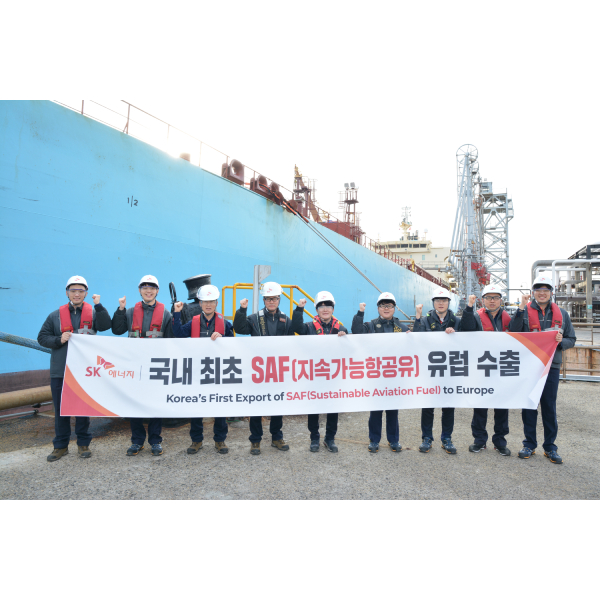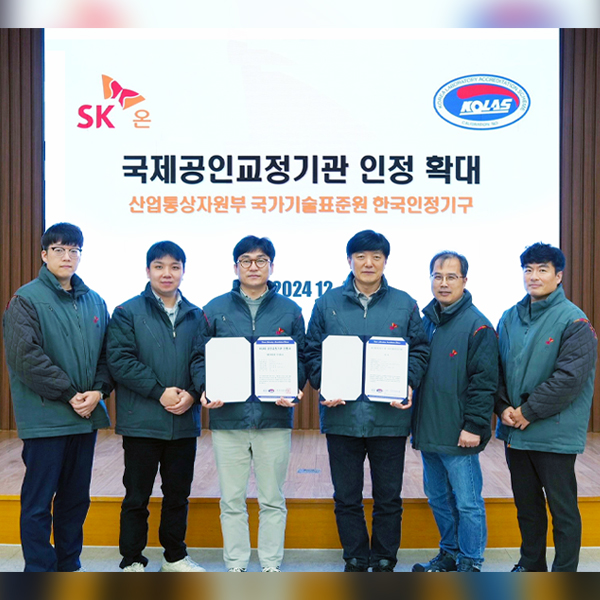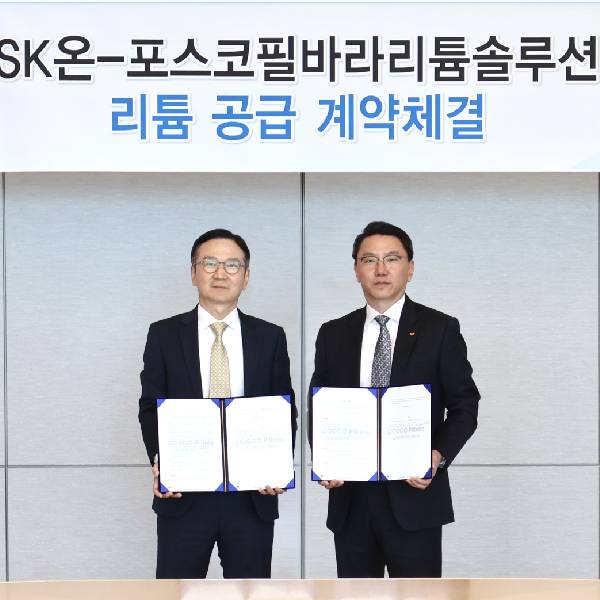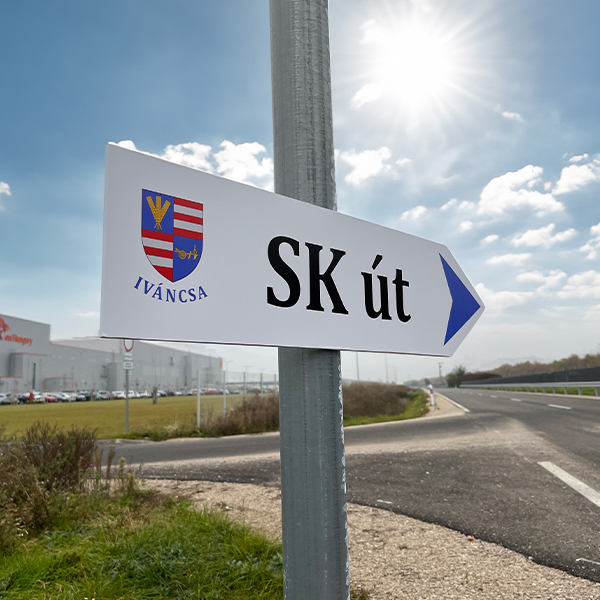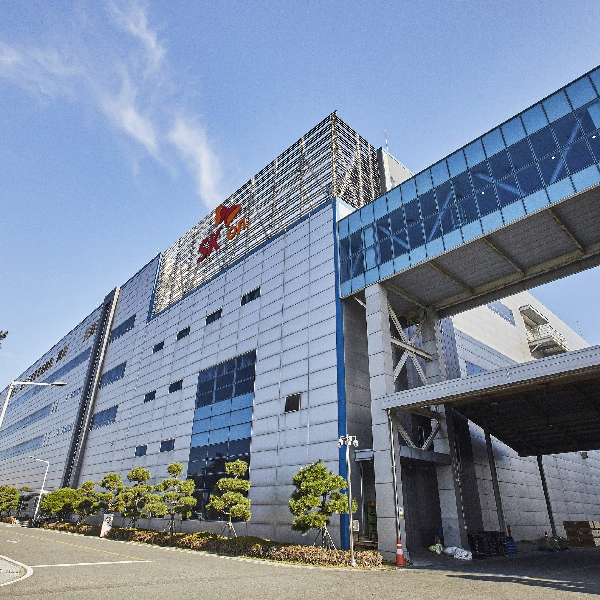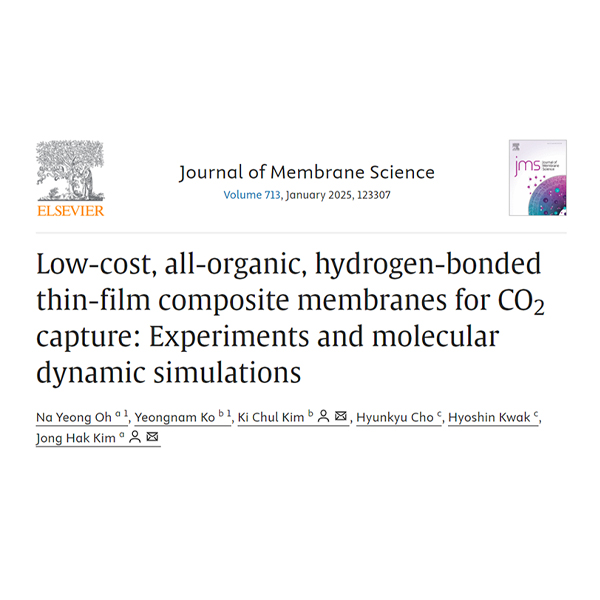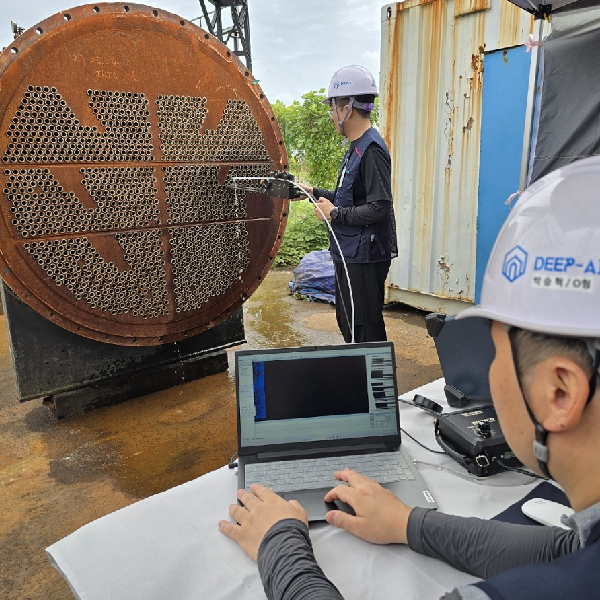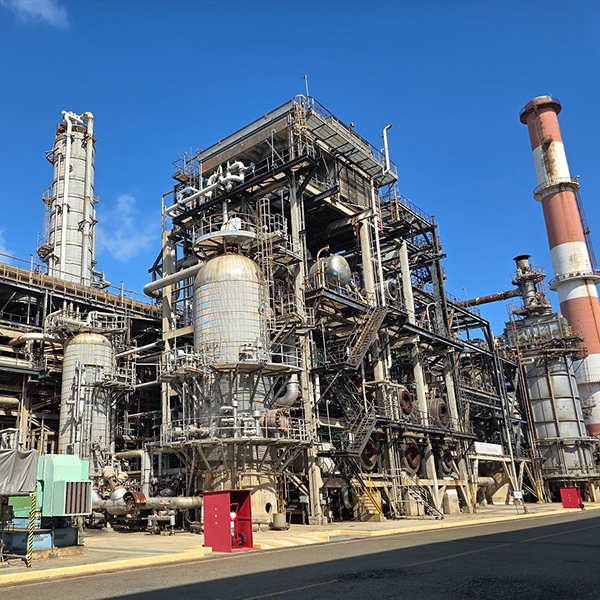 Press Releases
Press Releases■ SK Innovation Institute of Environmental Science & Technology successfully demonstrated carbon-dioxide-to-carbon-monoxide conversion by using its independent catalyst technology
■ The company aims to enhance “diatomic catalyst technology,” developed last year, to facilitate mass production of carbon monoxide
■ The successful demonstration represents a significant step in reducing carbon dioxide, which is a main culprit of greenhouse gas emissions, while securing carbon monoxide, a chemical raw material
SK Innovation has successfully converted carbon dioxide into carbon monoxide using electrochemical catalytic reactions. The carbon monoxide produced by this method is expected to contribute to the production of various chemical products as a basic material, as well as carbon reduction in chemical product manufacturing.
SK Innovation Institute of Environmental Science & Technology, a research and development (R&D) organization of SK Innovation, has successfully manufactured about 1 kg of carbon monoxide per day using the “diatomic* catalyst technology,” which selectively converts carbon dioxide into carbon monoxide. The results of this demonstration were published in the “Chemical Engineering Journal” on November 29. In this demonstration project, “Techwin,” a domestic electrochemical system specialist, participated in the research, and the mass production of carbon monoxide by using diatomic catalysts is considered a first by the SK Innovation Institute of Environmental Science & Technology.
* Diatomic: The presence of two neighboring isolated single atoms
The diatomic catalyst technology was developed by the research team of SK Innovation Institute of Environmental Science & Technology and published last year in the environmental academic journal “Applied Catalysis B: Environmental.” Unlike traditional catalysts composed of hundreds of atoms clustered together, mono-atomic catalysts, which are made by separating each atom, are evaluated as a technology that further enhances catalytic activity. Additionally, it was confirmed that the catalyst** performance improves even more when made in a diatomic form.
** Catalysts are substances that enables a chemical reaction to proceed at a usually faster rate
In this year’s research, the team manufactured a catalyst where nickel and iron exist in a diatomic form, enhancing the catalyst’s performance, and applied it to an electrolyzer*** stacked with multiple electrode cells. The electrochemical catalytic reaction in the electrolyzer converted carbon dioxide into carbon monoxide.
*** An electrolyzer is a device that carries out electrolysis
SK Innovation Institute of Environmental Science & Technology anticipates that this research will have effect of “killing two birds with one stone” by reducing carbon dioxide, a major contributor to the climate crisis, while securing carbon monoxide. Carbon monoxide is used in the production of chemical products, such as acetic acid and plastics, and has recently gained attention as a raw material for producing alternative fuels, including methanol and synthetic crude oil. The Institute of Environmental Science & Technology plans to continue improving catalyst performance and securing mass production capabilities for the commercialization of next-generation carbon reduction technologies, and it aims to continue collaborations both within SK Innovation and external parties.
Lee Seong-jun, Head of SK Innovation’s Institute of Environmental Science & Technology, said, “Reducing carbon emissions and overcoming the climate crisis are top priorities that we all must solve. This achievement is an example of how catalyst technology expertise that has been accumulated in energy and chemical research and development (R&D) is utilized in developing carbon reduction technology. SK Innovation will further strengthen its core R&D capabilities down the road to contribute to carbon reduction.”
Click here to read more about the research.
[Photo] The research team at SK Innovation Institute of Environmental Science and Technology is demonstrating carbon monoxide conversion by using “diatomic catalyst technology.”
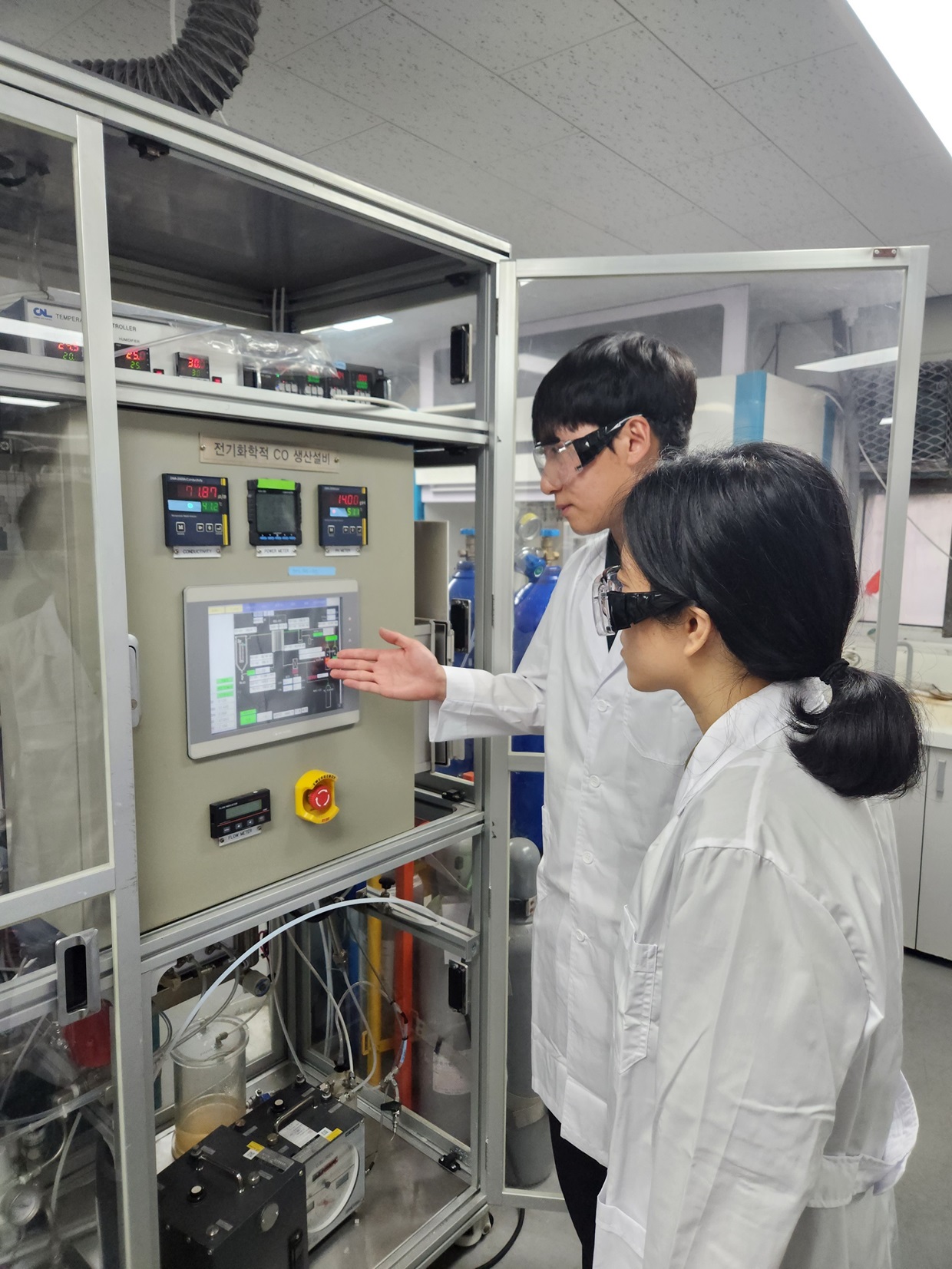
– SK Innovation developed an electrocatalyst technology that converts CO2 to CO










 Youtube
Youtube Facebook
Facebook Instagram
Instagram Linkedin
Linkedin








